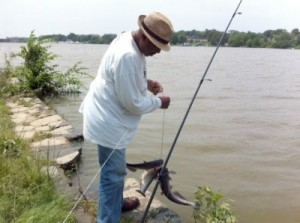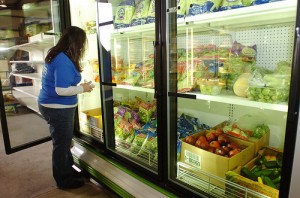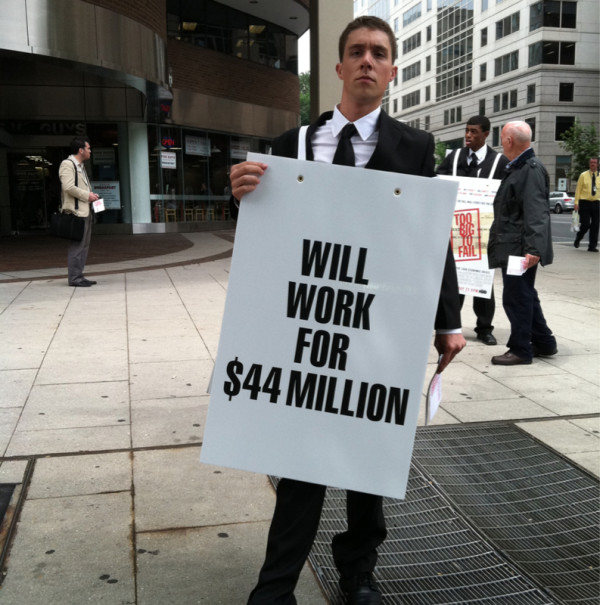
Flickr: Daquella Manera
Does this street art make you feel guilty?
Are you a middle or high-income earner, who is probably white (but not necessarily!) and has moved into a predominantly black or Latino low-income neighborhood? And is that neighborhood rapidly changing, as longtime residents move to less expensive suburbs because they can’t afford to live in the neighborhood’s revamped, much pricier apartments? Check off a bingo card if you must: you live amongst hip coffee shops, with white people where white people never dared to go before and patronize yoga studios that were once corner stores. Face it: you’re a gentrifier.
For the self-aware and well-meaning among the gentry, the guilt can be almost akin to white guilt — your very existence can make you feel bad. But if you’ve moved into a rapidly gentrifying neighborhood, there are ways you can be a good neighbor. Here are five things to get you started, and feel free to suggest more in the comments section:
1. Get involved, but first listen and learn.
Diane Levy, a senior researcher for the Urban Institute who studies neighborhood changes, suggests getting involved in neighborhood organizations and civic associations in an effort to get to know the community. And that’s something that makes sense when moving into any community, gentrifying or not.
“Not everything in a community is easily knowable, but try to get to know the community before coming in and pointing out, as the new person, what needs to be done differently,” she says. “In the case of gentrifying areas, it’s easy for somebody to come in with a certain view of what makes for a good neighborhood and focus on what they see as negative without trying to understand what makes the neighborhood what it is.”
I hear that neighborhood blogs are good places to get to know a community, no? Sure, Levy says, but be careful of what you write, even if it’s an anonymous comment.
“Some of the comments people will post, it’s anonymous and people think they can say anything and no damage done. But write things you would be willing to say directly to somebody’s face,” Levy says. “Because even though it’s a virtual space, it’s real. It can have an impact.”
The impact cuts both ways — negative comments perpetuate stereotypes of the neighborhood, but they can also perpetuate the stereotype that all gentrifiers share the same negative feelings.
Continue reading →









